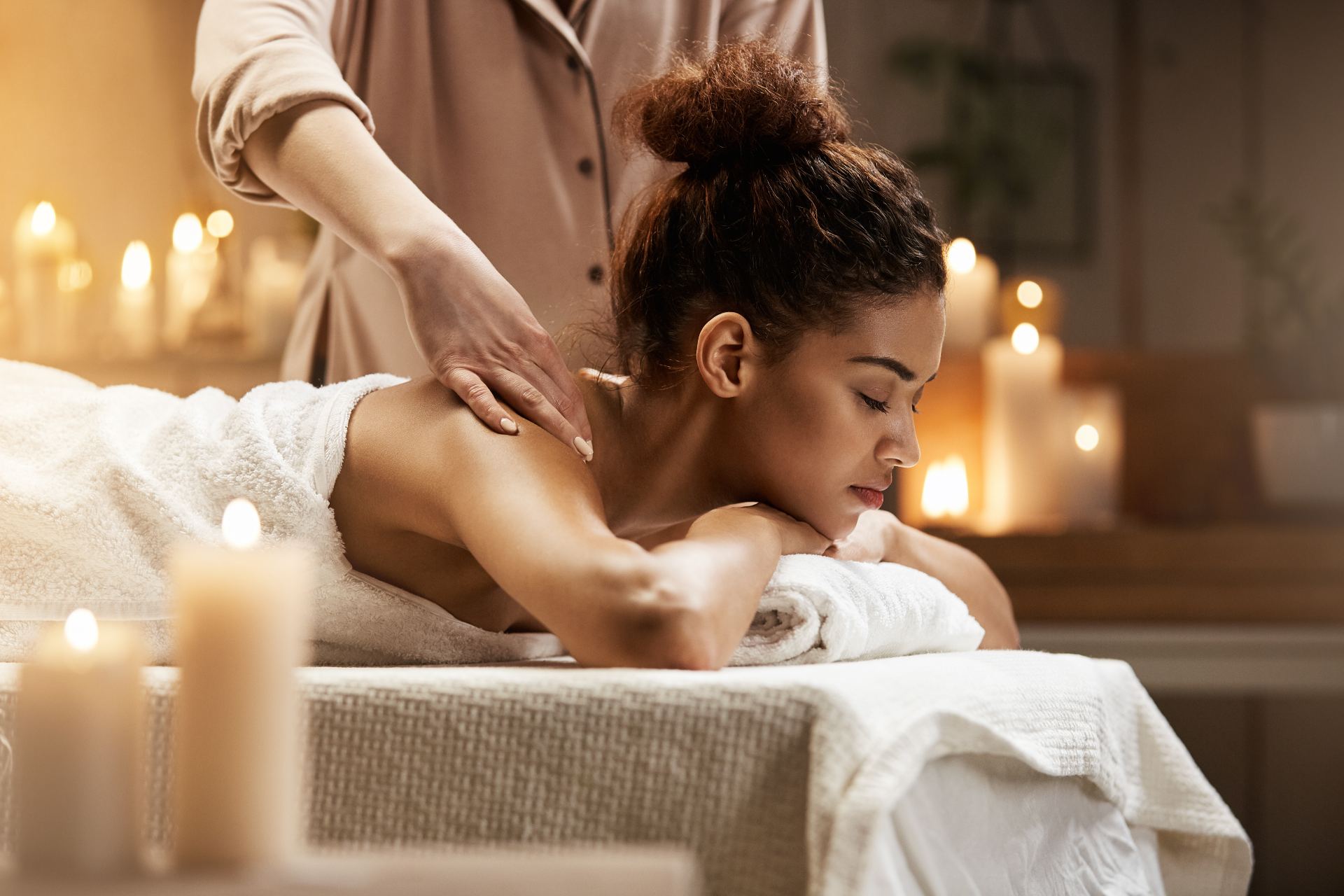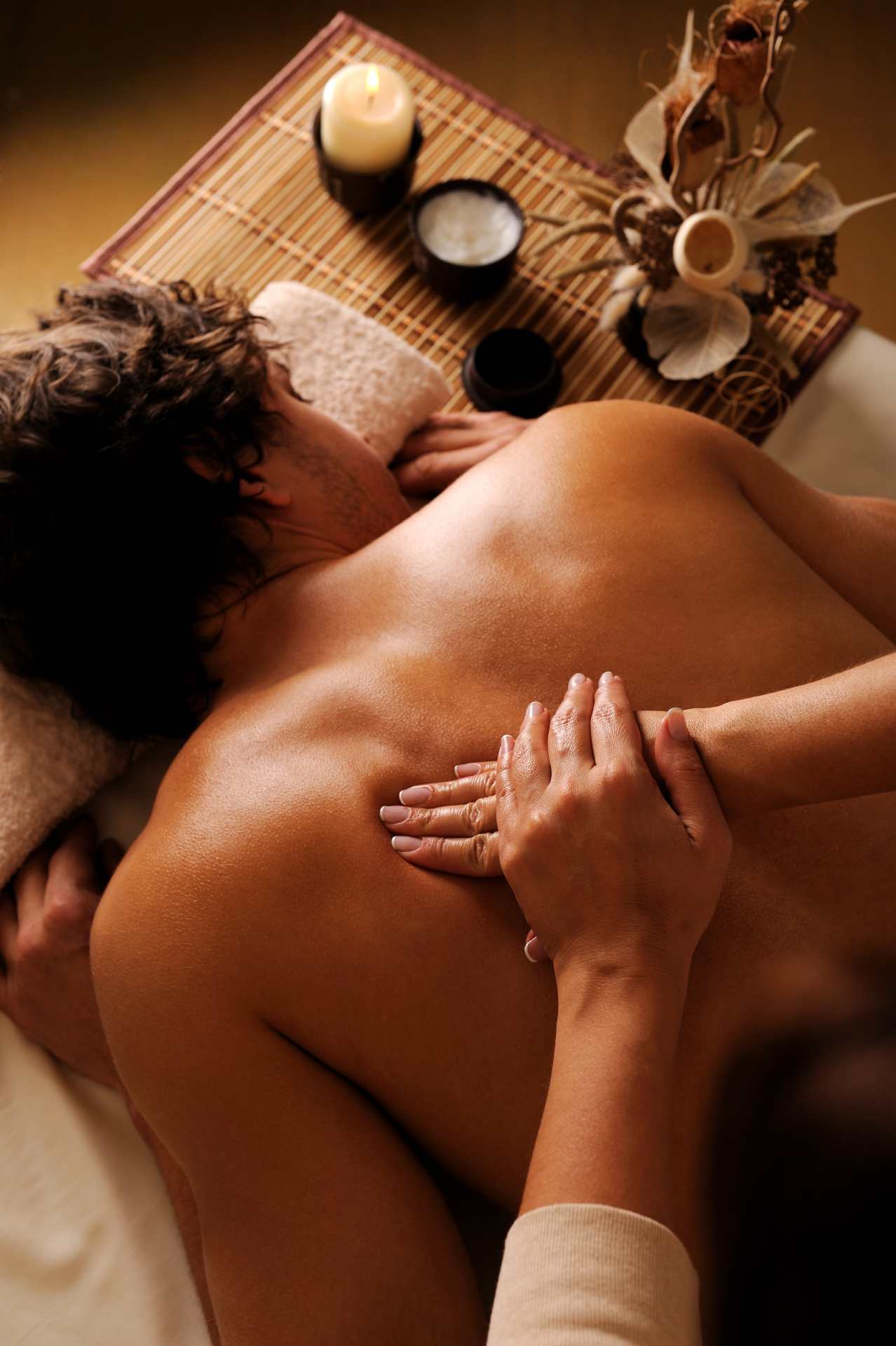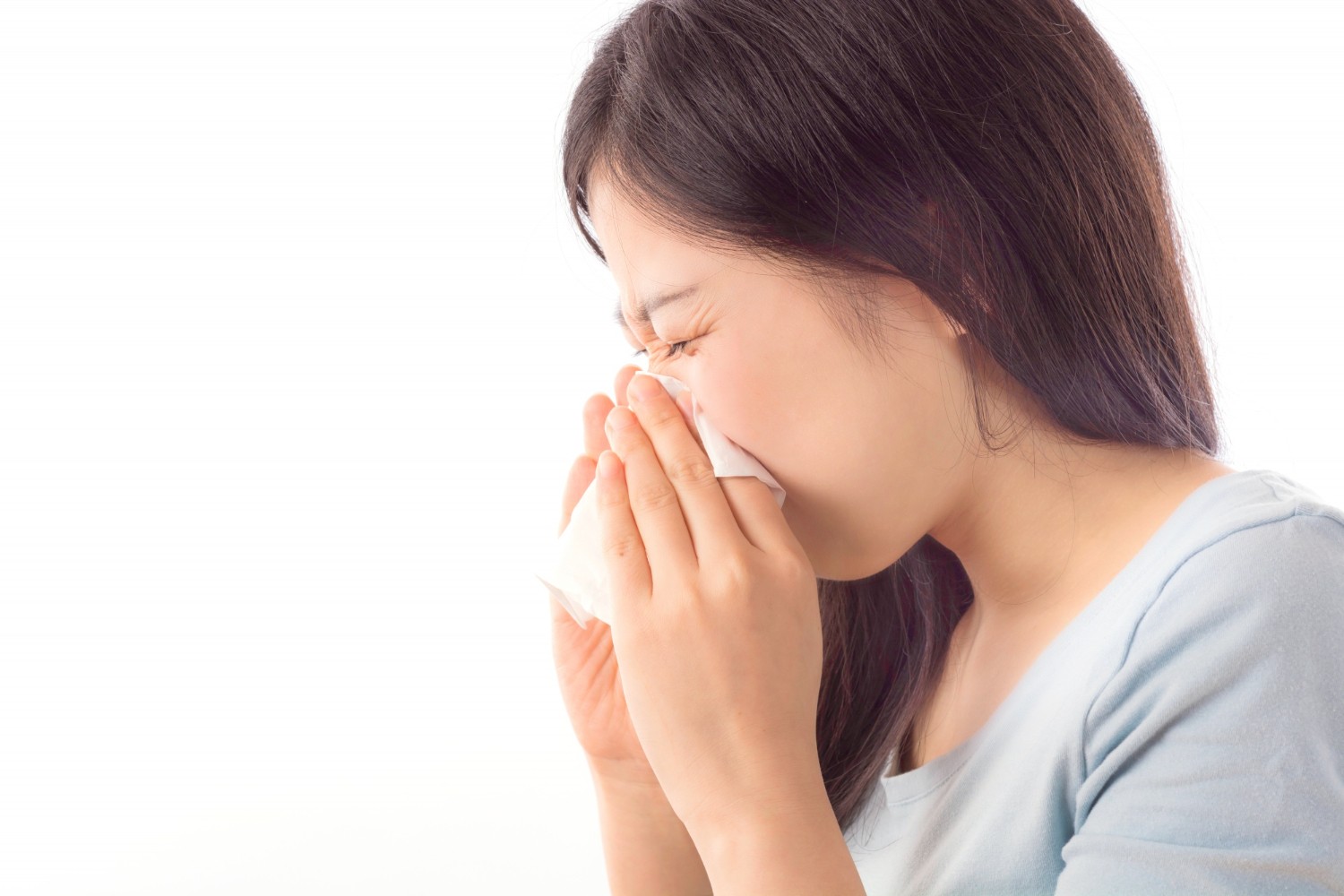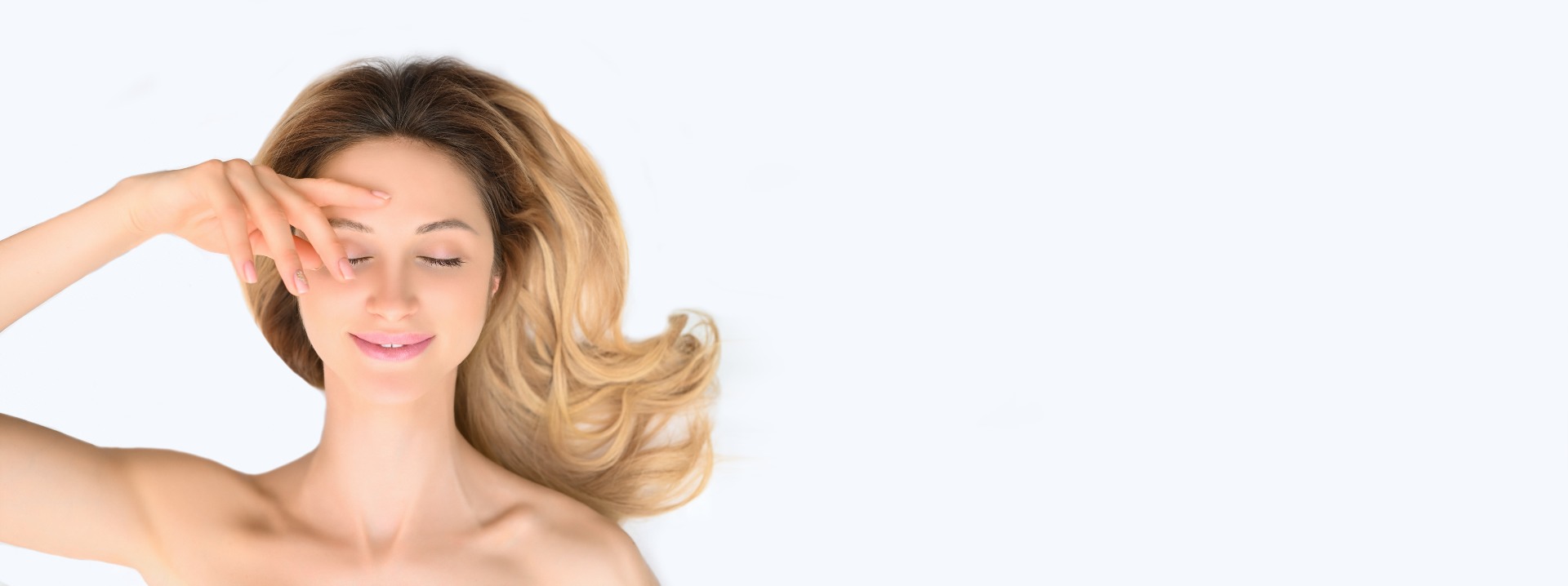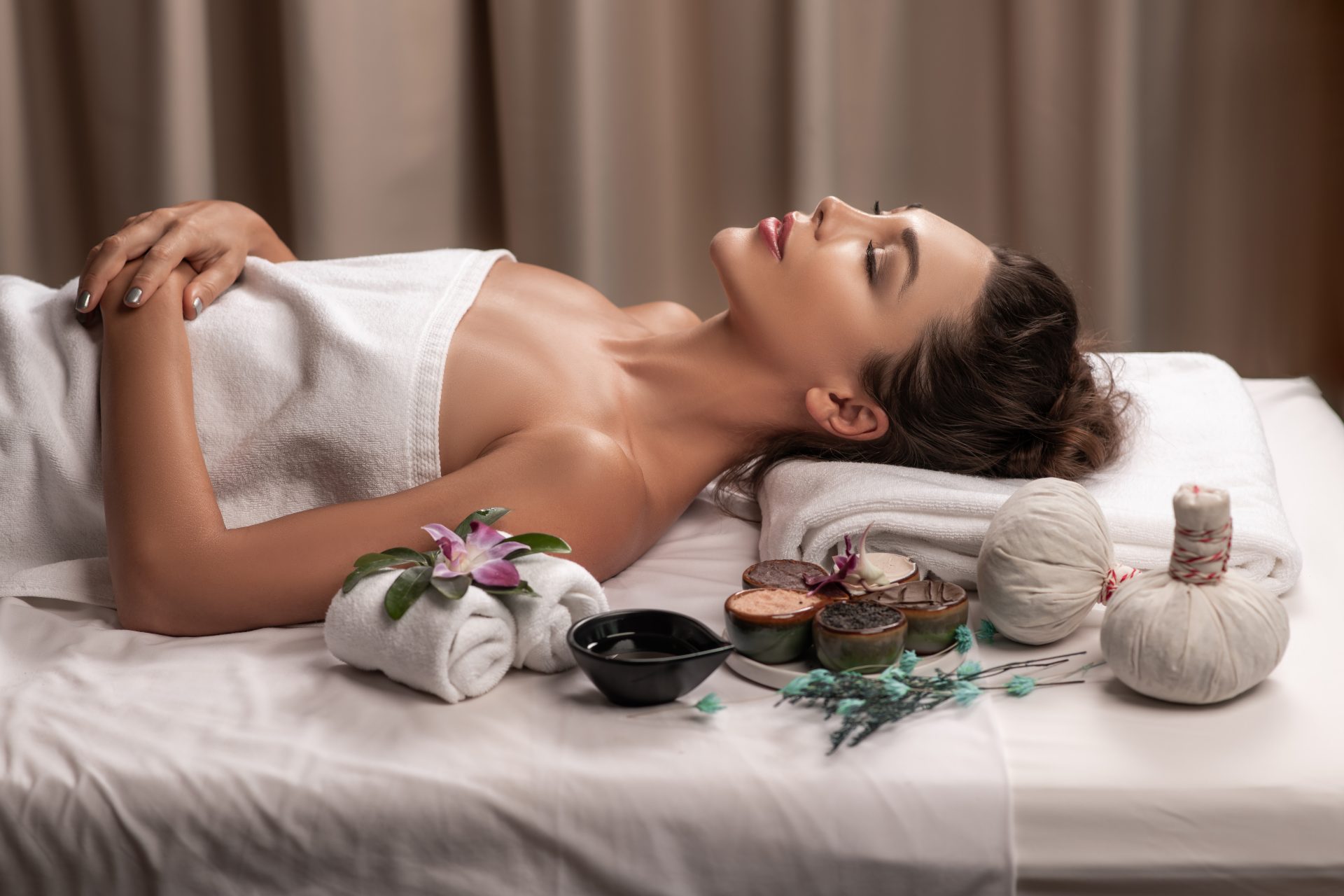
Ayurvedic treatment for paralysis
Paralysis is a condition when you lose strength in and control over a muscle or group of muscles. A lot of times, this is not due to a problem with the muscles themselves, but more likely because of an issue with the nerve cells that goes from that particular part of the body to the brain and back. Muscle movement is controlled by trigger signals relayed from the brain through these nerve cells. When any part of the relay system, such as the brain, spinal cord, nerves, or junction between the nerve and the muscle, is impaired, the signals are not able to make it through to the muscles, which results in paralysis.
There are varying types and degrees of paralysis. For instance, partial paralysis happens when you still have some control of your muscles, while you can’t move your muscles at all in complete paralysis. It can also be temporary or permanent, depending on whether muscle control comes back or not. Paralysis can occur in any part of the body and is either localized, when it affects only one part of the body like the face, hands, feet, or vocal cords, or generalized, when it affects a wider area of the body.
There are a number of ways by which the relay system can be damaged. A person could be born with paralysis due to a birth defect, but in most cases, people get paralysed as the result of an accident or a medical condition that affects the way muscles and nerves function. This could include a stroke, spinal cord injury, head injury, multiple sclerosis, and cerebral palsy among others. Someone who is paralysed from birth, or paralysed due to a stroke or spinal cord injury, will be partially or totally unable to move the affected body parts. On the other hand, a person who becomes paralysed due to a medical condition might lose muscle control gradually. As paralysis can occur to any muscle or group of muscles, numerous body functions can be affected, including problems with blood flow, breathing, and heart rate, changes in the normal functioning of organs, glands, and other tissues, changes to muscles, joints, and bones, blood clots in the legs, loss of urine and bowel control, as well as behavior and mood changes.
In Ayurveda, paralysis is correlated with 'Pakshaghata'. When the vata dosha is aggravated, it dries up the srotas, the internal channels that transport bodily fluids, and snayu (tendons) of one side of the body, making the organs or parts of that side incapable of functioning and resulting in a loss of sensation. In spite of various treatments available in modern medicine, the ancient science of Ayurveda remains one of the most effective treatment methodologies for the best possible recovery in paralysis. Of course, early diagnosis and intervention of Ayurveda treatment will help to maximise the chances of recovery.
Panchakarma therapy for patients suffering from paralysis includes Snehana or oleation treatments with medicated oils like Mahanarayana taila, Sahacharadi taila, Dhanvantara taila, Karpasasthyadi taila, Prabhanjana vimardana taila, Kshirabala taila, Mahamsha taila, and Bala taila. This is followed by different types of Svedana, or medicated fomentation, to increase circulation as well as to strengthen the muscles and nerves. Virechana or purgation methods increase the metabolism to relieve constipations and strengthen the gut, thereby assisting to improve nerve functioning in the affected area. Vasthi, or medicated enema, in the form of Matra Vasthi, Anuvasana Vasthi, or Nirooha Vasthi is beneficial in strengthening and stabilising the overall functioning of the body. Nasya karma also helps to strengthen the muscles, nerves, and circulation above the shoulder. Shirovasti and Shirodhara with medicated oils like Narayana taila, Ksheera bala taila, and Chandana bala lakshadi taila are also recommended. Keep in mind that all therapeutic measures will typically be started after crossing the acute phase of the attack, and while these formulations are commonly used in Ayurveda, a good treatment centre will adjust the dosage and the number of days based on an individual patient's condition.
Of course, yoga practices are beneficial, but should be performed only under the guidance of a qualified yoga therapist who will also decide on the duration. Practicing Pranayama alongside asanas to correct the postural imbalances, as well as Yoga Nidra, or deep relaxation technique, can be helpful. The patient is typically advised to be active and optimally use the affected part through gradual and consistent exercise. A balanced diet with limited salt intake and fat helps to maintain a healthy body weight, and also aids in controlling hypertension and diabetes mellitus. Thus, we can say that a good Ayurvedic treatment is one of the safest and most effective treatments for stroke or paralysis. For paralysis, the earlier one starts treatment, the better is the prognosis.
At Jeevess, we incorporate Kalari marma massages with special oils and herbal applications, which will help for a speedy recovery. The Kalari and Yoga practices helps in building coordination of muscular movements.


